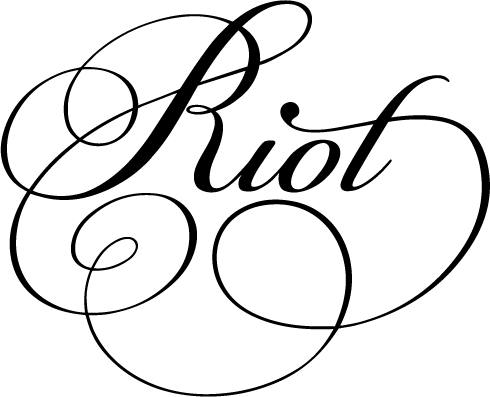#RIOTSKILLS: How To Make a Good First Impression
31 May 2018 -
Strike a pose!
At Riot, we pride ourselves on being excellent communicators. We’ve won awards that stand testament to that, and clients who return again and again. However, we also know that success comes from constantly honing our skills – even when that means going back to basics. First impressions are critical to the work we do: from pitching to new clients to journalist meetings, winning the talent’s trust to networking with peers.
Over the past few years, there has been a focus on empowering professionals – especially women – when it comes to presenting skills and negotiation. TED Talks – such as those by social psychologist Amy Cuddy on body language, and comedian and coach Deborah Frances-White on charisma – are giving us the tools we need to create an impact on our audience, verbally and non-verbally. The science of first impressions is straightforward: an in-built vetting system in our primal brain means that we size people up within 30 seconds of meeting them. What’s often called gut instinct overrides most rational thought and, as with our ancestors, is based on both perceived threat and learnt experience. Think lion vs. prey on the Savannah, but in the boardroom.
We’ve taken the most salient points and turned them into a handy Riot 101 on how to make the best first impression. After all, that killer Cos jumpsuit isn’t going to do all the work for you…
T is for trust:
We judge people on how warm and trustworthy they seem: in fact, understanding someone’s intentions and perceived competency accounts for at least 80% of an overall first impression across all cultures. Your first job on meeting someone is to put them at an ease. Do you have mutual connections? Can you ask them a question about themselves? Can you align your body language to theirs, and ensure you are not giving off hostile non-verbal messages? Crossing arms is a real no-no, as is hiding your hands; maintaining an open posture, showing your palms and holding firm eye contact are all essentials here.
R is for respect:
Listen and be gracious. However experienced you are, you should always show respect for the time someone’s giving you. Whilst you should always be prepared ahead of a meeting, you should go into every interaction with an open mind and a willingness to listen to another’s agenda and concerns. Bulldozing might work for some, but generally it’s not the answer when it comes to building a long-term relationship. Show an instinct for harmony rather than appearing combative. It’s vital to be aware that your response (verbal and physical) can ramp up or deflate tricky situations: in a difficult negotiation, simple things like retaining an open posture and nodding your head to show you’re absorbing someone’s point (you can return to counter that point later if needs be) are more likely to help you resolve issues and reach the desired outcome.
I is for interest:
Show interest in the person you’re meeting – it may be a business meeting, but you’re also two human beings interacting. It’s good to engage in a little small talk: research has shown that just five minutes of chat before a negotiation increases the financial value created. Ask informed questions and encourage them to open up and share things about themselves. You can prepare for this by reading a LinkedIn profile, asking mutual connections about them and bringing up any shared interests you might have.
P is for personality:
No one likes a robot. Your personality and – ideally – a sense of humour will take you from a paint-by-numbers publicist to someone vital and worth listening to. Not full-on Siobhan Sharpe or Malcolm Tucker, but at least someone who has a something to say for themselves. You want to be memorable, and for the right reasons.
So there you have it: T.R.I.P.
If in doubt, channel Riot heroes Ellen de Generes or Oprah Winfrey. They are masters of non-verbal communication. From now on, we’ll be adopting Oprah’s expansive pose in all future negotiations.
Watch this space!





